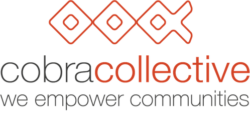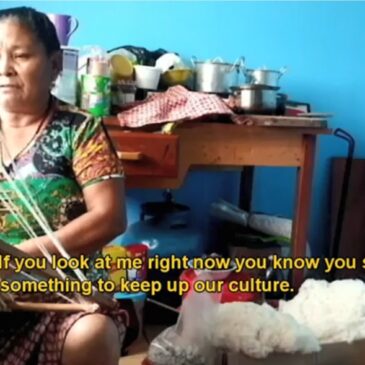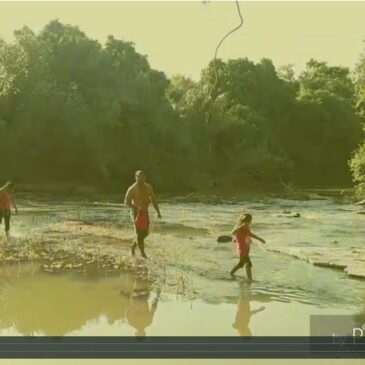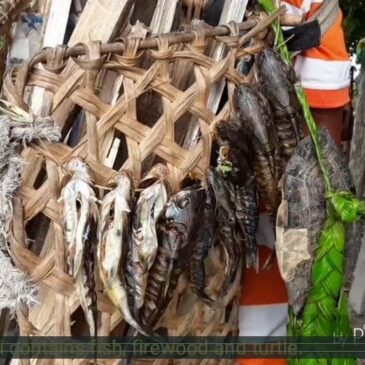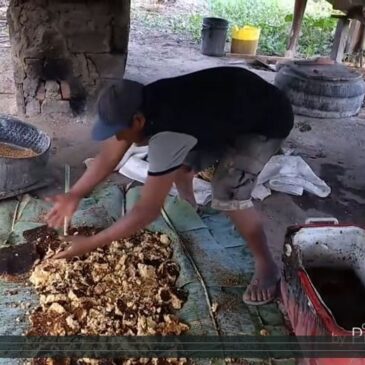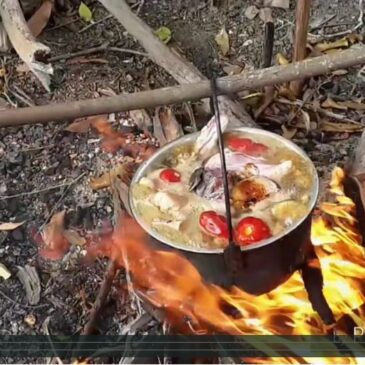Indigenous women: keepers of sacred knowledge
Indigenous women are distinct knowledge-holders, as well as agents of change and community cohesion at the local level. In this video we hear from women in the North Rupununi, Guyana about their views and concerns on traditional knowledge in their communities. National governments and international organizations need to pay attention to the gender aspects of traditional knowledge. Women play a vital role in the survival and development of Indigenous communities, sustaining traditional knowledge as a dynamic and living body … Read More
